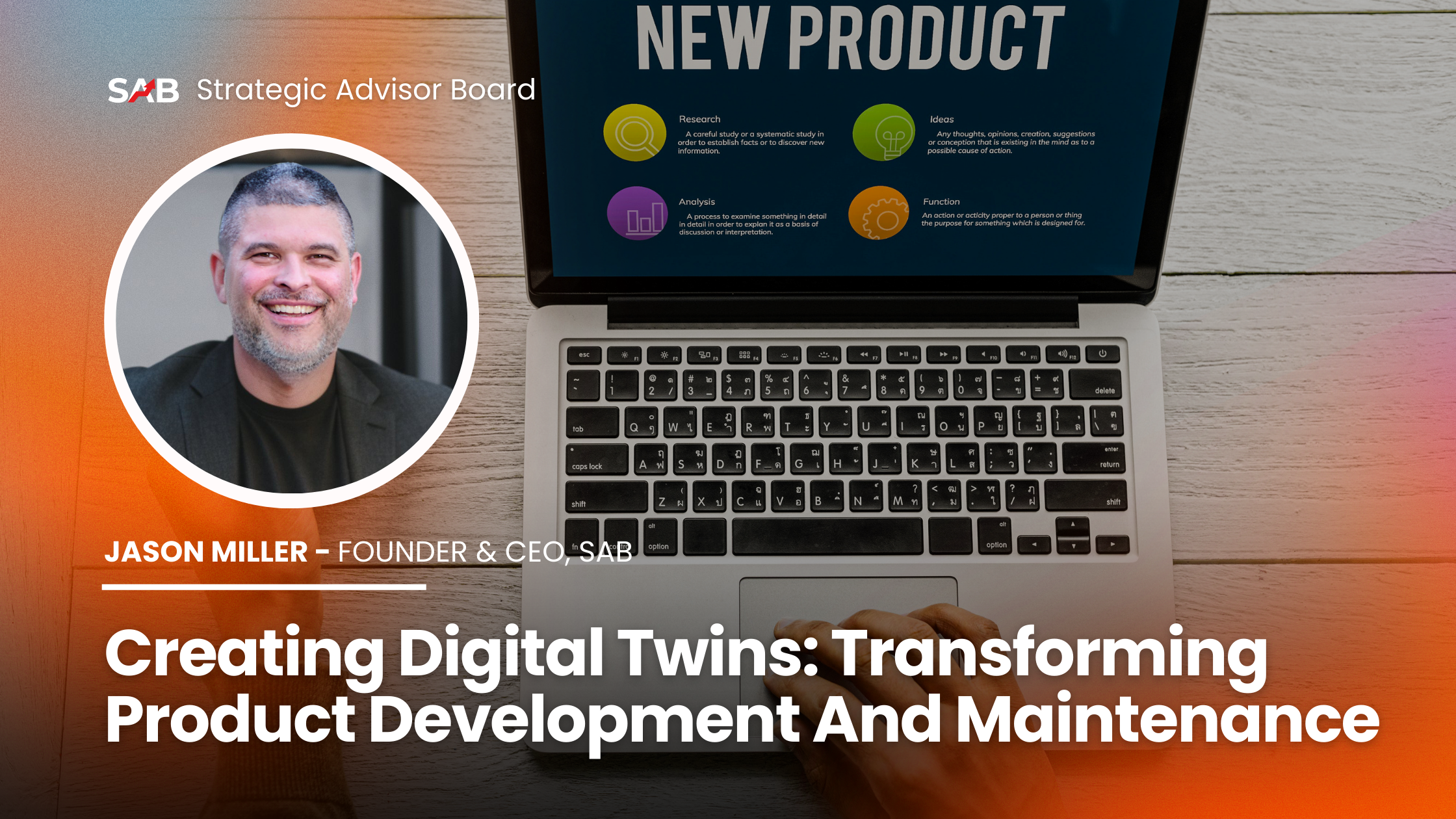
In the realm of advanced manufacturing and product development, the concept of digital twins has emerged as a groundbreaking technology. Digital twins, which are virtual replicas of physical systems, products, or processes, enable businesses to model, monitor, and optimize the performance of their assets in real-time. This innovative technology is transforming how companies approach product development and maintenance, offering significant improvements in efficiency, effectiveness, and flexibility.
At its core, a digital twin is a dynamic software model of a physical thing or system. It incorporates data from various sources, including sensors and continuous data feeds, to mirror the real-time status, working condition, or position of its physical counterpart. By bridging the physical and digital worlds, digital twins allow companies to analyze data and monitor systems to prevent downtime, understand how a product performs, and anticipate problems before they occur.
In product development, digital twins serve as a powerful tool for simulation and testing. Engineers can create and test virtual prototypes of products under different scenarios before the actual product is built. This approach drastically reduces the time and cost associated with physical prototyping and testing. For example, in the automotive industry, digital twins are used to simulate vehicle dynamics under various conditions, enabling engineers to optimize designs and enhance performance without the need for multiple physical prototypes.
Moreover, digital twins facilitate a more iterative and flexible design process. Changes can be tested virtually to see how they would affect the performance and operation of a product, thus allowing for rapid adjustments that are both cost-effective and time-efficient. This capability is particularly valuable in industries like aerospace and construction, where custom solutions and innovation play critical roles in product development.
Beyond product development, digital twins are revolutionizing maintenance strategies. Traditional maintenance schedules are often based on average life expectancies and can be either overly cautious or dangerously late. Digital twins enable a more sophisticated approach known as predictive maintenance. This method uses real-time data to predict when maintenance should be performed, which maximizes the life of the equipment while preventing unplanned downtime.
For instance, in the energy sector, digital twins of wind turbines can predict equipment failures before they happen based on real-time data. Maintenance can be scheduled at just the right time, which not only saves costs but also boosts energy production by reducing downtime.
The real power of digital twins comes from their integration with the Internet of Things (IoT) and artificial intelligence (AI). IoT devices provide the massive amounts of data needed for digital twins to be accurate and effective. AI algorithms analyze this data to uncover insights and make predictions, enhancing the decision-making process.
In manufacturing, this integration can lead to what is often referred to as a 'smart factory,' where digital twins operate as nodes in a fully integrated network. These factories are more adaptive, responsive, and connected, able to respond in real-time to changes in operation or demand.
Despite their benefits, the adoption of digital twins is not without challenges. The primary barrier is the high initial cost and complexity of setting up digital twin technology. It requires significant investment in IoT infrastructure and sophisticated software, as well as expertise in both the operational technology and information technology domains.
Moreover, data security and privacy are critical concerns. As digital twins can access and store large amounts of sensitive data, ensuring the security of this data against cyber threats is paramount.
As technology advances, the adoption of digital twins is expected to grow, further influencing various industries. Companies that adopt this technology early on are likely to gain a competitive edge through enhanced operational efficiency, reduced costs, and improved product quality.
Digital twins represent a significant leap forward in how businesses can develop, maintain, and operate their products and systems. By effectively creating a bridge between the physical and digital, they not only enhance current operations but also open up new possibilities for future innovation and efficiency. As we move forward, the continued integration of AI and IoT will only expand the capabilities and benefits of digital twins, making them an indispensable tool in the digital transformation journey.
Are you interested in growing your business with little or no work on your part? Check out our 1-Day Power Intensive to see if it’s right for you!
This article was brought to you by: Jason Miller, AKA Jason "The Bull" Miller, Founder/CEO and Senior Global Managing Partner of the Strategic Advisor Board - What has your business done for YOU today?